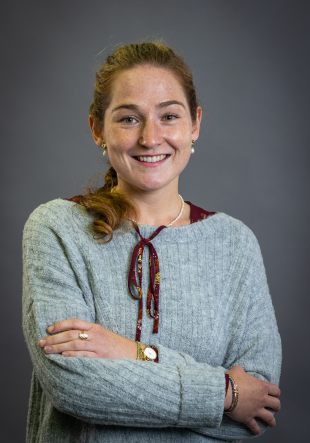Territorial development of power between secular and ecclesiastical rule in the Duchy of Westphalia at the end of the 12th century using the example of Archbishop Philipp von Heinsberg of Cologne
Overview
The second half of the 12th century is considered the golden age of sacred Cologne, as the city had already expanded to nearly its 19th-century size by this time. These developments were also of enormous significance for high medieval Westphalia. During this period, the archiepiscopal territorial policy systematically incorporated the Rhenish (Vest Recklinghausen) and Westphalian possessions (Duchy of Westphalia). The latter comprised the core territories that, in the 12th century, were transferred to the Archbishop of Cologne—Philip of Heinsberg (1167-1191)—as the Duke of Westphalia.
This project focuses on this illustrious Cologne metropolitan. Highly regarded by Emperor Frederick Barbarossa (1155-1190), Philip was appointed to the episcopal see of Cologne by the emperor. A particularly significant moment for Philip came in 1177 when tensions between Emperor Frederick Barbarossa and Duke Henry the Lion (1142/56-1180) reached their peak. Philip of Heinsberg entered history as a driving force behind the moral opposition, playing a decisive role in the dissolution of the old tribal Duchy of Saxony through the Gelnhausen Charter. In recognition of his loyalty, the Emperor granted the Archbishop of Cologne the Duchies of Westphalia and Engern. These territories, added to his existing possessions, made Philip the most powerful prince in northwestern Germany. For another decade, Philip would continue to hold the bishop's staff in Cologne, while methodically consolidating and utilizing his newly acquired power.
The project will investigate a question not yet explicitly addressed in scholarship: to what extent Philip of Heinsberg redefined his office towards that of a territorial ruler, particularly in light of the Gelnhausen judgment.
Supervisor of the project: Prof. Dr Brigitte Englisch
Key Facts
- Project type:
- Sonstiger Zweck
- Project duration:
- 04/2024 - 04/2027


